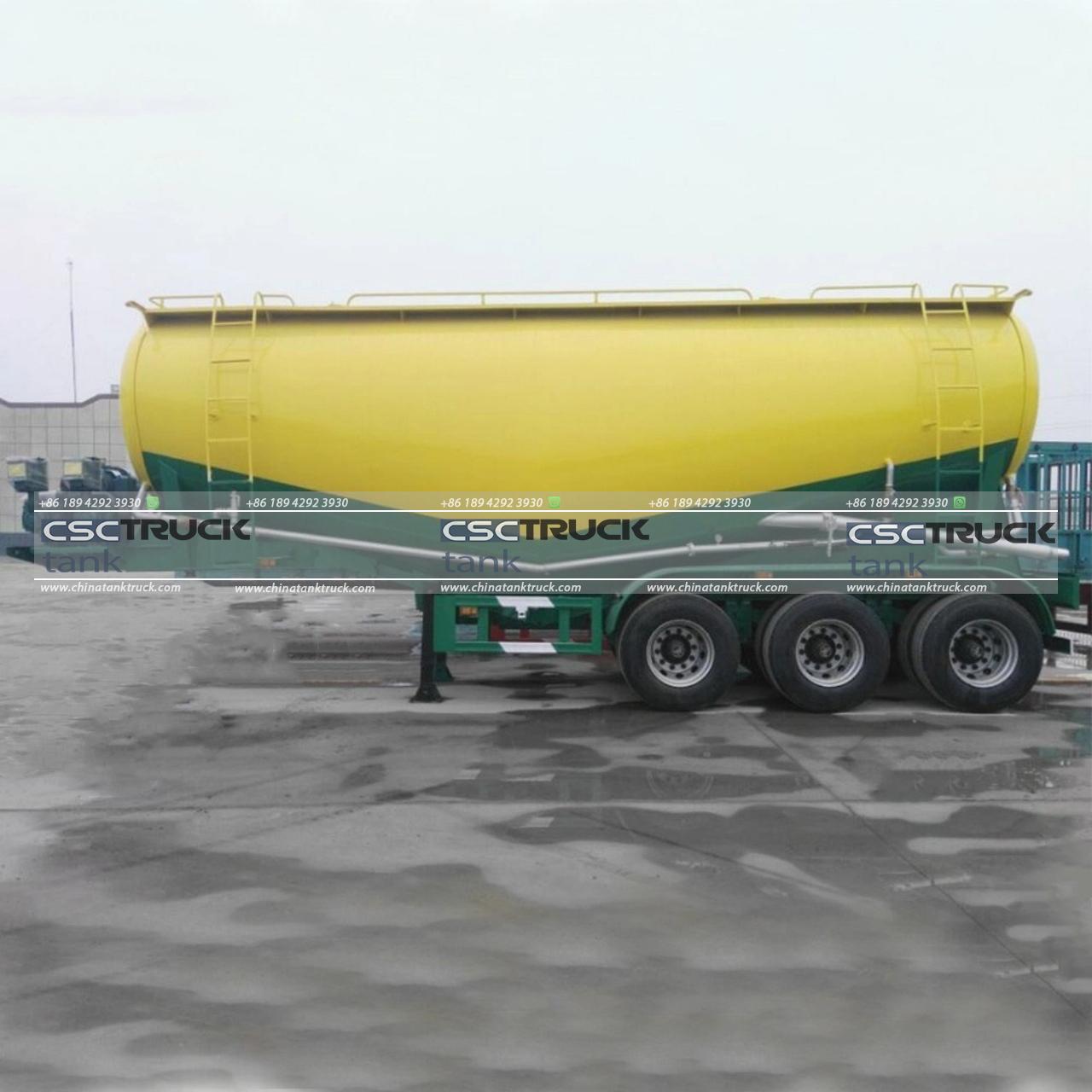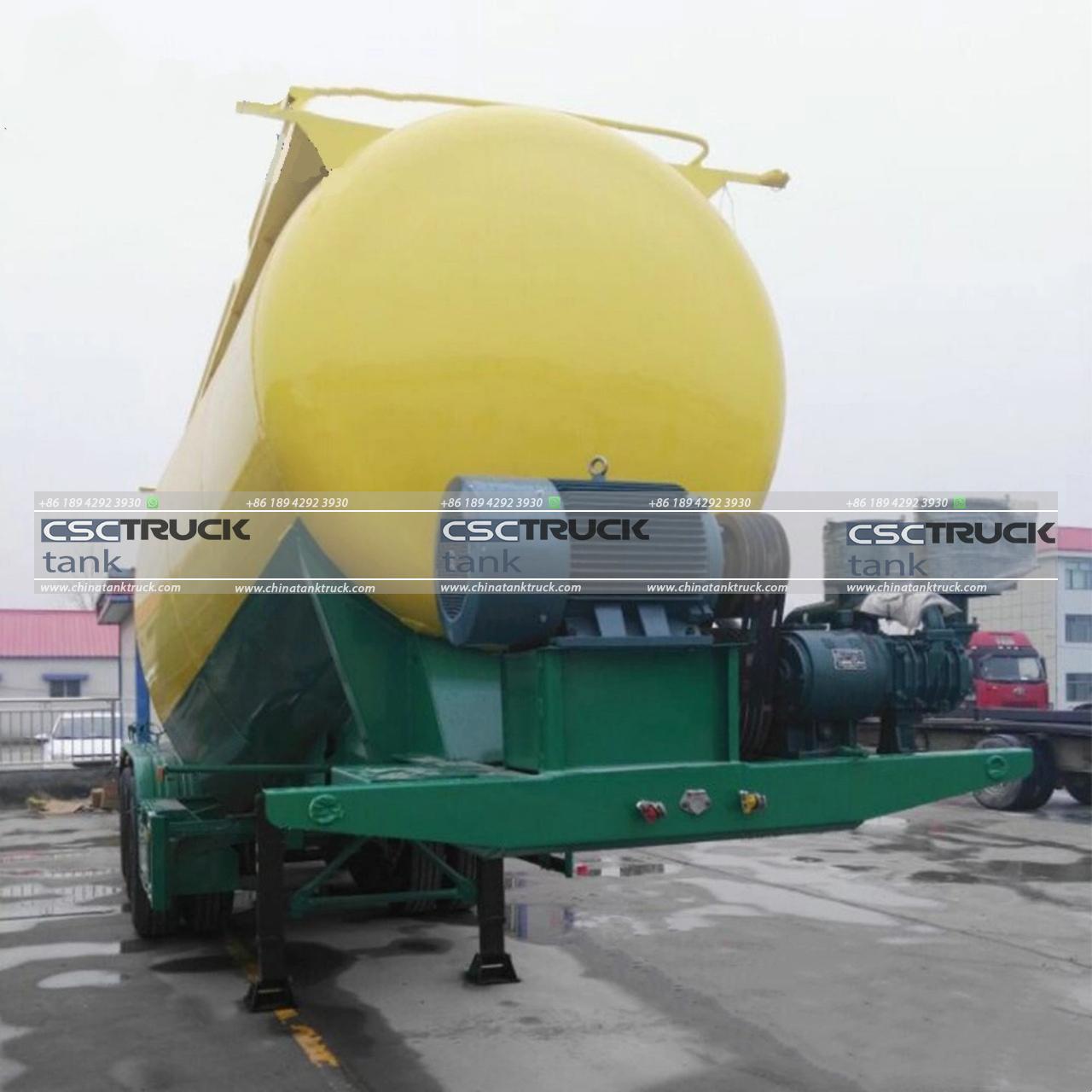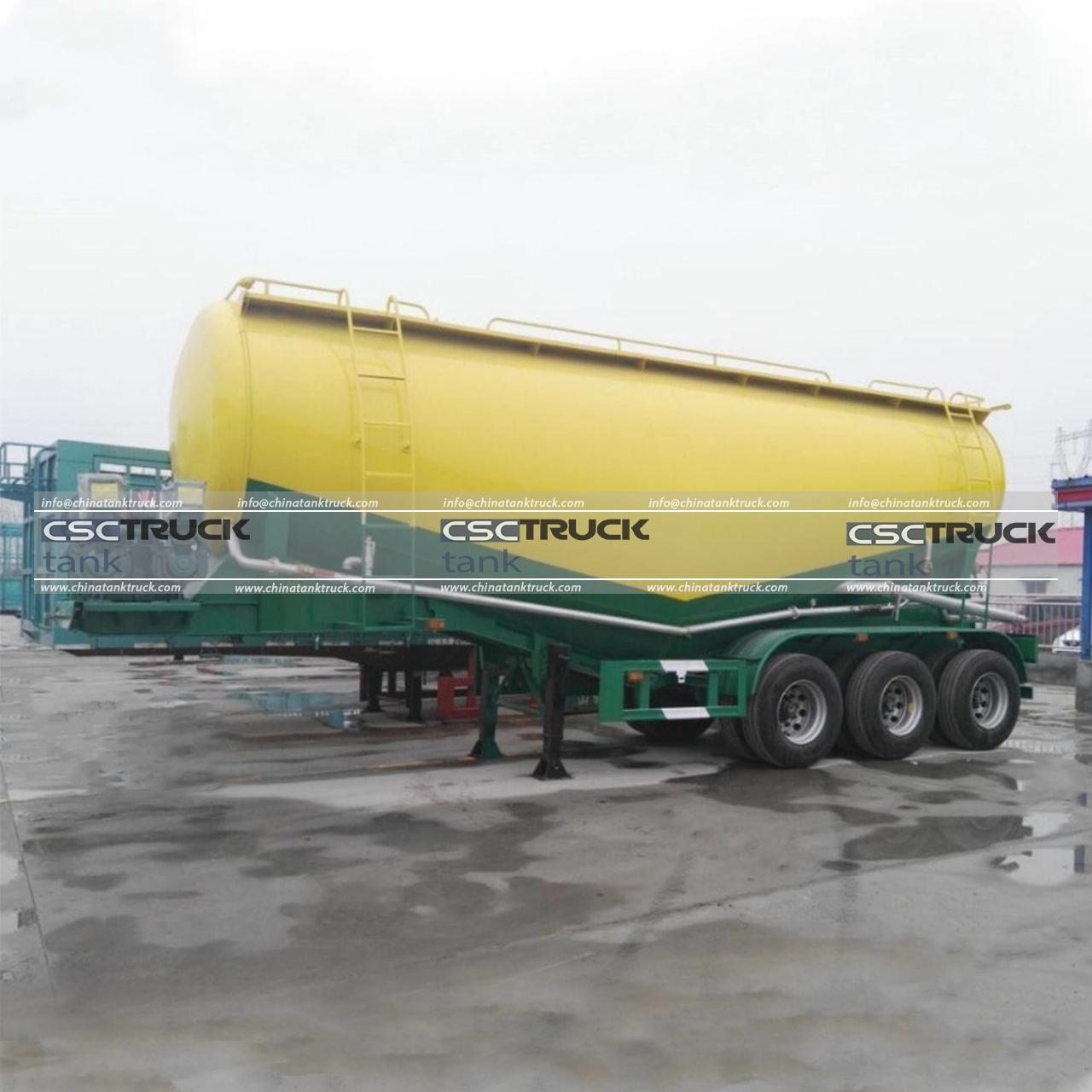What Does a Pneumatic Tank Do?
Pneumatic tanks are specialized containers designed for the storage, transportation, and discharge of bulk materials using air pressure. These tanks play a crucial role in industries where the handling of granular or powdered substances is required, offering an efficient and controlled method for moving these materials. Understanding how a pneumatic tank works and its various applications can provide valuable insights into its significance in different sectors.
The Basics of Pneumatic Tanks
Pneumatic tanks, also known as pneumatic trailers or bulk trailers, are typically used in the transportation of dry bulk goods. They are often mounted on trucks and are a common sight in industries such as construction, agriculture, and manufacturing. The primary function of these tanks is to store bulk materials and then discharge them using pressurized air.
Key Components of a Pneumatic Tank:
1. Tank Body: The main structure of the tank, usually cylindrical, where the bulk material is stored.
2. Air Compressor: Generates the air pressure needed to discharge the material from the tank.
3. Discharge System: Includes valves, piping, and hoses that control the flow of material from the tank to the desired location.
4. Relief Valve: Ensures the safety of the system by releasing excess pressure to prevent over-pressurization.
5. Manholes and Access Ports: Allow for easy loading and unloading of materials as well as maintenance access.

How Does a Pneumatic Tank Work?
The operation of a pneumatic tank relies on the principle of pneumatic conveying, which uses air pressure to move materials. Here’s a step-by-step breakdown of how it works:
1. Loading the Tank: Bulk materials are loaded into the tank through the top manhole or access ports. The material typically settles at the bottom of the tank, which is designed to funnel it toward the discharge outlet.
2. Pressurizing the Tank: Once the tank is loaded, the air compressor is activated. The compressor generates air pressure, which is introduced into the tank. This pressurized air creates a force that pushes the material toward the discharge outlet.
3. Discharge of Material: The pressurized air forces the material out of the tank through the discharge system. The flow of material is controlled by valves, which can be adjusted to regulate the discharge rate. The material is then conveyed through hoses or pipes to its final destination, such as a silo, storage bin, or processing equipment.
4. Pressure Relief: After the material has been discharged, any remaining pressure in the tank is released through a relief valve to ensure the system is safe for the next use.
Applications of Pneumatic Tanks
Pneumatic tanks are versatile and can handle a wide range of materials, making them indispensable in various industries:
1. Construction Industry: Pneumatic tanks are used to transport and discharge materials like cement, sand, lime, and fly ash, which are essential in concrete production and other construction processes.
2. Agriculture: These tanks are vital for moving and distributing agricultural products such as grains, fertilizers, and feed. The controlled discharge ensures that the materials are evenly spread, which is crucial for efficient farming operations.
3. Food Industry: In the food processing sector, pneumatic tanks are employed to handle bulk ingredients like flour, sugar, and other powdered food products. The tanks ensure that these materials are transported hygienically and without contamination.
4. Chemical Industry: Pneumatic tanks are used to transport and discharge chemicals in powdered or granular form, such as plastic pellets, detergents, and other raw materials used in manufacturing processes.
5. Mining: In mining operations, pneumatic tanks help transport minerals, ores, and other raw materials from extraction sites to processing facilities.

Advantages of Using Pneumatic Tanks
Pneumatic tanks offer several advantages that make them a preferred choice for transporting and handling bulk materials:
1. Efficiency: Pneumatic tanks allow for the rapid loading and unloading of materials, which increases operational efficiency. The use of pressurized air ensures that materials are moved quickly and with minimal waste.
2. Versatility: These tanks can handle a wide range of materials, from fine powders to coarse granules, making them suitable for various industries.
3. Reduced Labor Costs: The automated discharge system reduces the need for manual labor, lowering operational costs and minimizing the risk of human error.
4. Safety: Pneumatic tanks are designed with safety features like pressure relief valves to prevent accidents. The enclosed system also reduces the risk of material spillage and environmental contamination.
5. Hygiene: In industries like food processing, pneumatic tanks provide a clean and controlled environment for handling materials, ensuring that they remain free from contamination.
Challenges and Considerations
While pneumatic tanks offer numerous benefits, there are also challenges and considerations to keep in mind:
1. Maintenance: Regular maintenance is essential to ensure the air compressor, valves, and other components function correctly. Any malfunction could disrupt operations and lead to costly repairs.
2. Material Compatibility: Not all materials are suitable for pneumatic conveying. Some materials may be abrasive or moisture-sensitive, requiring special considerations in tank design and operation.
3. Initial Cost: The initial investment in pneumatic tanks and related equipment can be significant, especially for small businesses. However, the long-term benefits often outweigh the upfront costs.
4. Training: Operators need to be properly trained to handle pneumatic tanks, especially when dealing with hazardous materials or complex discharge systems.

Conclusion
Pneumatic tanks play a vital role in the efficient transportation and handling of bulk materials across various industries. By utilizing air pressure to move materials, these tanks offer a reliable, safe, and cost-effective solution for businesses. Despite the challenges associated with maintenance and initial costs, the advantages of using pneumatic tanks—such as increased efficiency, versatility, and safety—make them an indispensable asset in modern industrial operations.
As industries continue to evolve, the design and functionality of pneumatic tanks will likely advance, further enhancing their capabilities and applications. Understanding how these tanks work and their benefits can help businesses make informed decisions about their material handling needs.

